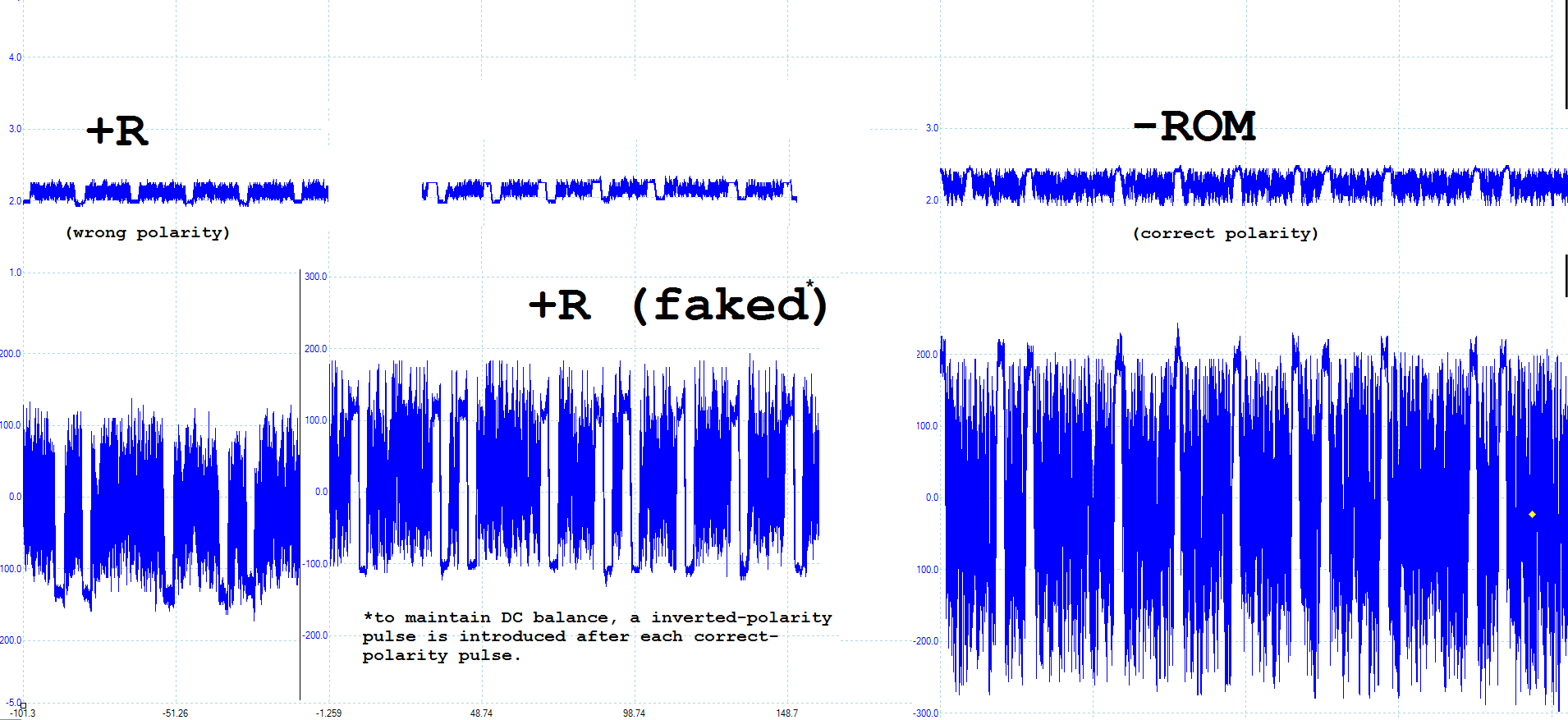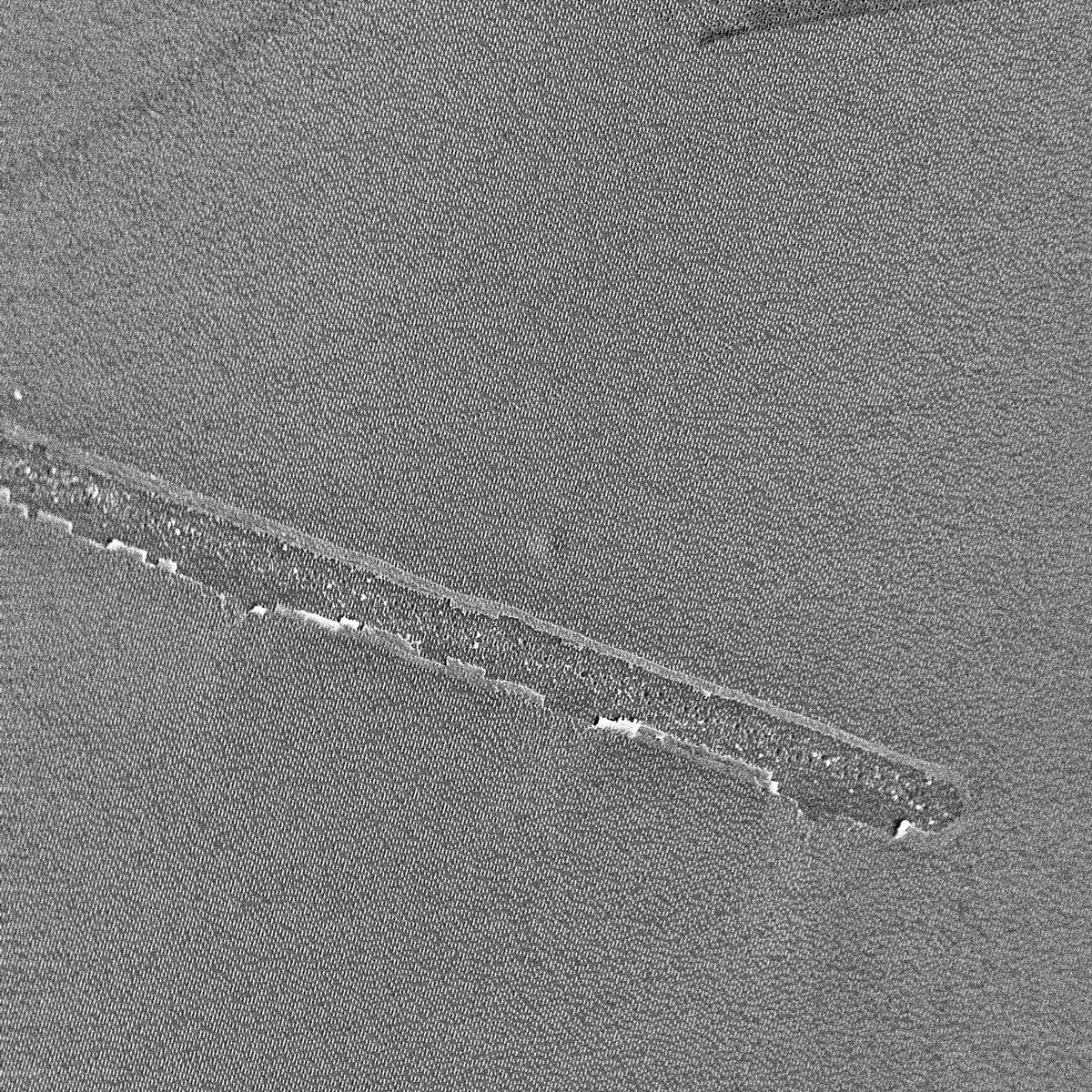It's not as easy as that. A BCA is defined by radial stripes that are picked up by the laser; the same mechanism as for regular reads is used (reflected light from main channel), but tracking is off, focus is fixed, and FG (=rotiational speed generator) is in open-loop mode (i.e. holding a ~constant speed).
The BCA is - as you're aware - added by a strong laser which removes reflective material. If you look at the data on a scope while a BCA is read, you can still see the background bits.
Here's an example - on the right (-ROM), I measured a pressed disc, and you can see that between the stripes, there's valid data. (Don't be confused by the actual polarity of the data) The signal measured here is the RF channel (i.e. main data channel) of a regular DVD reader.
BCA is a standard technique, but it is identical in terms of how it is produced and how it is read to the "6 holes" that are added for copy protection. Here's a picture of one of the copy protection stripes - you can see the same pattern - low reflectivity (polarity is inverted to the picture above) during the stripe, regular data before and after:
On the disc itself, it looks like this: (This is one of the copy protection stripes, but again - the BCA looks identical instructure) The reflective material is destroyed in the stripe (which isn't well visible here - the sample processing for the SEM ironically cleans it up a bit).
But now look back at the first picture - all you need to produce is a small stripe of low reflectivity. Instead of blowing away material with a big fat laser, you could also just change material with a small laser - by writing data to it. I.e., if you write zeros, the reader will pick this up in the _very same way_ as a BCA stripe. The idea here is to embed the zeros directly into the bitstream.
To be clear, the zeros need to be in the NRZ data, i.e. after all the data encoding. It's not possible[citation needed] to do this with just a firmware hack, as you need to skip the EFM+ data encoding stage.
This is exactly what Datel did - they embedded the copy protection stripes by putting zeros into the encoded data.
For the BCA, Datel still used a regular BCA burner, but even for the BCA, you can embed them into the data. I did some experiments a few years ago and they were promising (but for stupid reasons never worked out completely). You can see in the first picture how my BCA _almost_ reads the same as a real BCA.
For the BCA, because tracking is off, the laser can be in-between two tracks. In theory the stripes would have to be perfectly radial, but in practice as long as they are sufficiently aligned, it should work well enough.
So there you have it - it's possible to write the necessary structure onto a recordable disc.
BUT: According to the Datel engineer who defeated the copy protection back then, there's an additional layer of security by using PS1-style wobble. That, unfortunately, would be harder (but not impossible!) to do on a burned disc.



